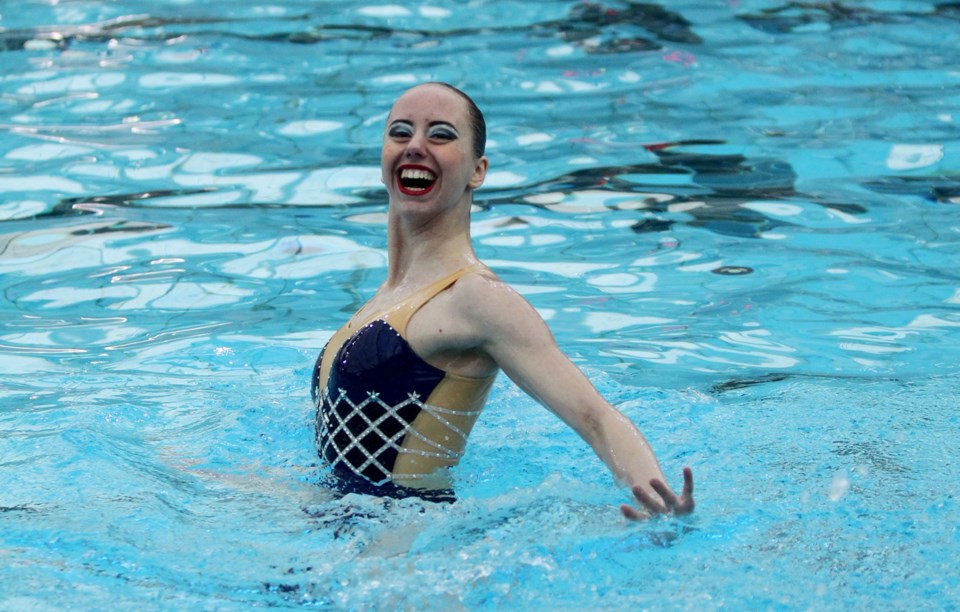Producing national team talent is no easy task, especially when training time is hard to come by.
That’s the dilemma the Vancouver Pacific Wave finds itself in.
The Richmond-based synchronized swim club received terrific news earlier this month when Stefanie Dickinson became the first B.C. athlete in six years to the Canadian squad that will be competing at the FINA World Junior Championships in Kazan, Russia, July 9-11.
“I was thrilled to hear I made the junior team and it will be an honour to have the chance to swim for Canada at Junior Worlds,” said Dickinson. “Performing in Russia against the best in the world is going to be amazing!”
It was an equally proud moment for her coach Kara Kalin who is also Synchro B.C’s technical director.““Stefanie’s story is quite remarkable,” said Kalin. “She started competitive synchro swimming at the age of 14 with our club: later than many of the girls who make it to the national team. Personal determination, perseverance, a positive attitude, as well as trust in her coach and the program have put her on the national stage.”
Dickinson’s breakthrough comes with her club needing more pool time to potentially produce more national team athletes. Pacific Wave does much of its training at Watermania.
“One of our greatest challenges is to get adequate pool time,” continued Kalin “To create a pipeline of talent that can compete at the national and international levels, you need to have a strong developmental program, but we struggle to get enough pool time in Richmond and Vancouver to accommodate recreational and competitive synchronized swimming.”
Vancouver’s Hillcrest Pool, ironically a legacy of the 2010 Olympics, has been progressively cutting back on the club's available training time. Richmond pools similarly have not expanded time or space for the club to accommodate growing demand from girls and young women.
“We are all proud that Canada excels in sports on the world stage. It is especially true of Canadian women. We should be concerned that girls drop out of sport at a rate six times greater than boys, and especially as they enter adolescence,” added Kalin. “A key way to support healthy lifestyles for women and support excellence in sport is to make training facilities available to athletes at all levels. Our goal is to ensure we have the facilities we need to ensure BC continues to develop athletes like Stefanie for international competition.”



